You can always rely on the French to build a stylish small hatchback. When it comes to small family hatchbacks Peugeot has a strong history going all the way back to the original 205. However for this latest generation of 208 (€18k) they’re taking on the likes of the highly successful and best performing Ford Fiesta (€19k), Renault’s Clio (€17k) and also the grown-up Volkswagen Polo (€19k) .
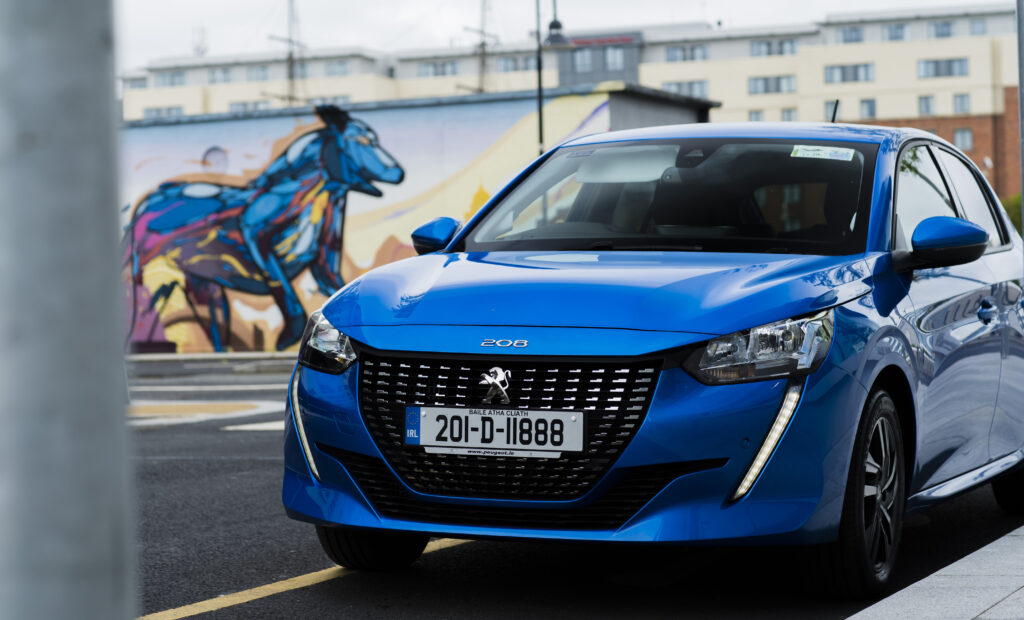
Special mention : Lots of fun, eye-catching design, good visibility, brilliant sound from the stereo. Automatic is great for a small car.
Needs work : Adjusting the small steering wheel v’s dashboard for visibility.
Specs: As tested
| Max Power 100 HP | Petrol / 8 Speed Auto |
| 0-100 km/h in 10.2 seconds | Road Tax €180 |
| Starting Price €18,300 Allure Puretech €24,350 | Boot 311 litres |
Should you consider the 208 in what is still a very competitive segment in 2020. When it comes to styling, Gilles Vidal at Peugeot has clearly come up with another winner with this new 208. I can’t think of another car in its segment that actually comes as close to looking as good.
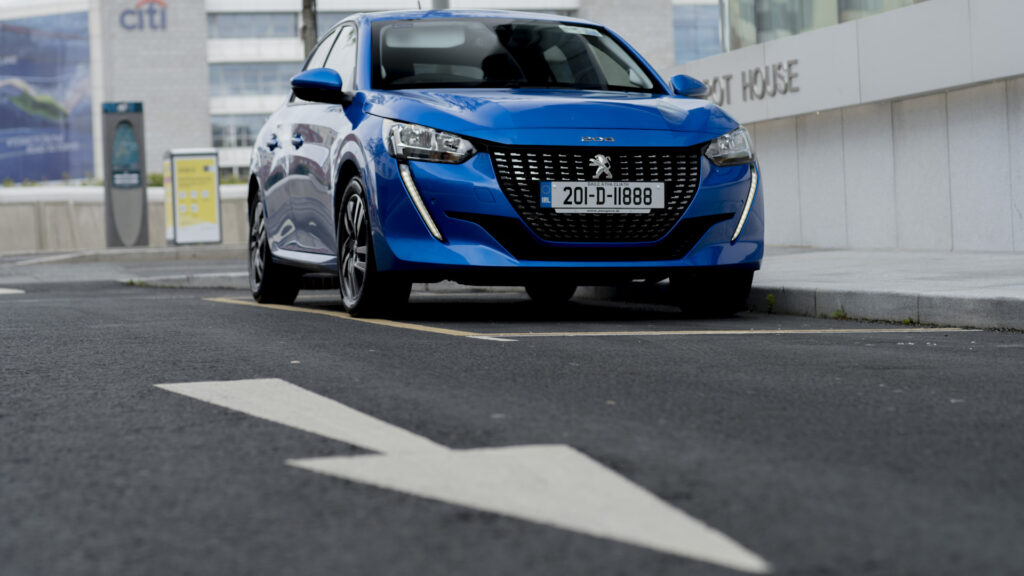
The new 208 looks very different to the competition including its Corsa stablemate. Peugeot have been bold in their design language, firstly with the lions fang which is integrated into the bumper and the lion’s claw integrated into the headlights . If you want to go for the best-looking trim line then definitely go for the GT line where you get full LED front and rear lights and 17” alloy wheels.
One design oddity is the petrol filler cap which looks slightly outsized but this is due to the electric version 208 which requires a larger gap for the charging plug for faster charging.
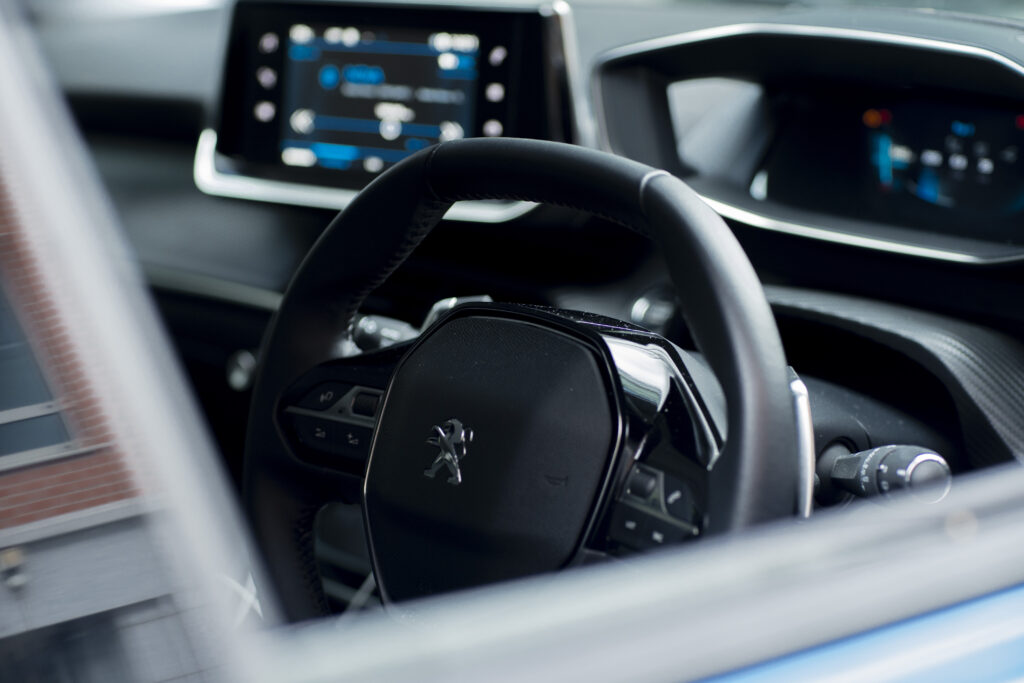
Inside the new 208 you are greeted by a bold interior design which matches the exterior. From the driver’s seat you find great comfort and there’s plenty of adjustment available. The steering has both rake and reach adjustment to get the closest to your perfect driving position. However, note that if you’d like to sit very low in your car and like the steering set very high, you will find the top of the steering wheel will block your view of the digital display.
Interior quality is good with soft touch textures on top of the dash and on the central section there’s some carbon-fibre effect. On the inserts of the doors there’s some nice leather trim apart from that everything else is hard wearing plastics.
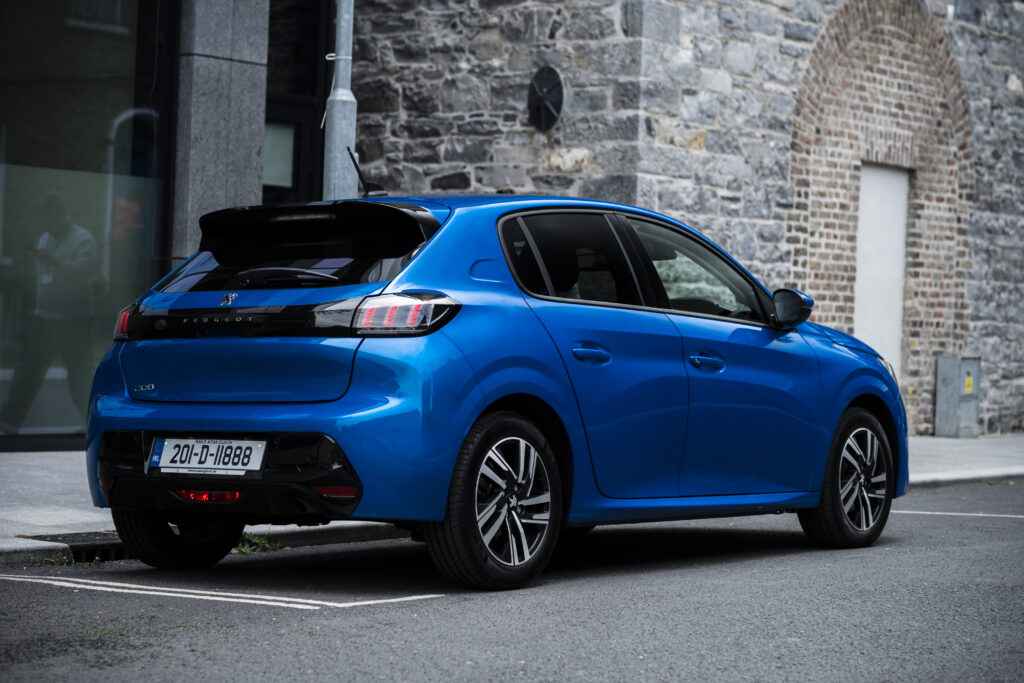
On the central dash piano black trim lends an air of sophistication to the cabin, however it is prone to smudgingand fingerprints. The upgraded 10” display on the GT line sits high on the dashboard and there are a couple of features which really do feel very premium.
There are plenty of interior cubby spaces with some decent size door bins and allocated spaces for bottles, but any loose items that end up down there are going to rattle around.
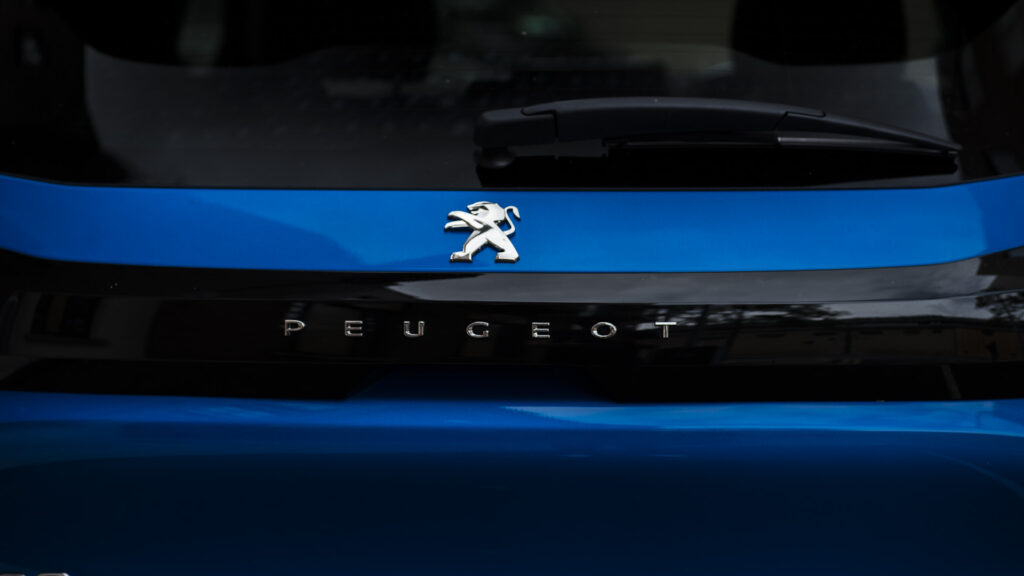
If you go through the manual version of the 208 and you placea bottle in it’s designated spot, it tends to get knocked when changing gear, but underneath the armrest there’s a really decent amount of cubby space but loose items will rattle around down there.
In Ireland we only get half a glove box because it’s an added cost for Peugeot to transfer the fuse box over to the same side as the steering wheel. For powering your devices there are USB-C and USB sockets, you can also option a wireless charging pad for compatible devices. While the steering wheel is small, it feels well weighted and nice to the touch. It does suit the 208 because it’s small and a fun little family hatchback.
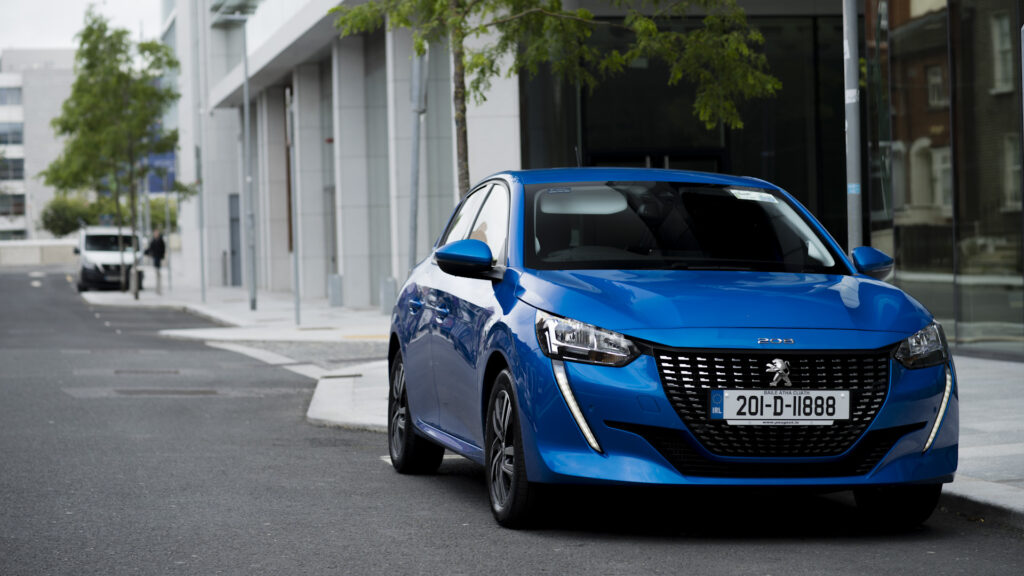
The i-cockpit from Peugeot is now in its third generation , with some cool animations, a kind of head-up display projection that works well but it does feel as though it’s a due a few more tweaks. The piano keys on all Peugeot’s dashes are now mixed in with touch sensitive buttons which operate the air-con, hazard lights, locking as you probably heard and some of the infotainment shortcuts. There’s also an electric handbrake on the GT line and the drive mode select is just behind it.
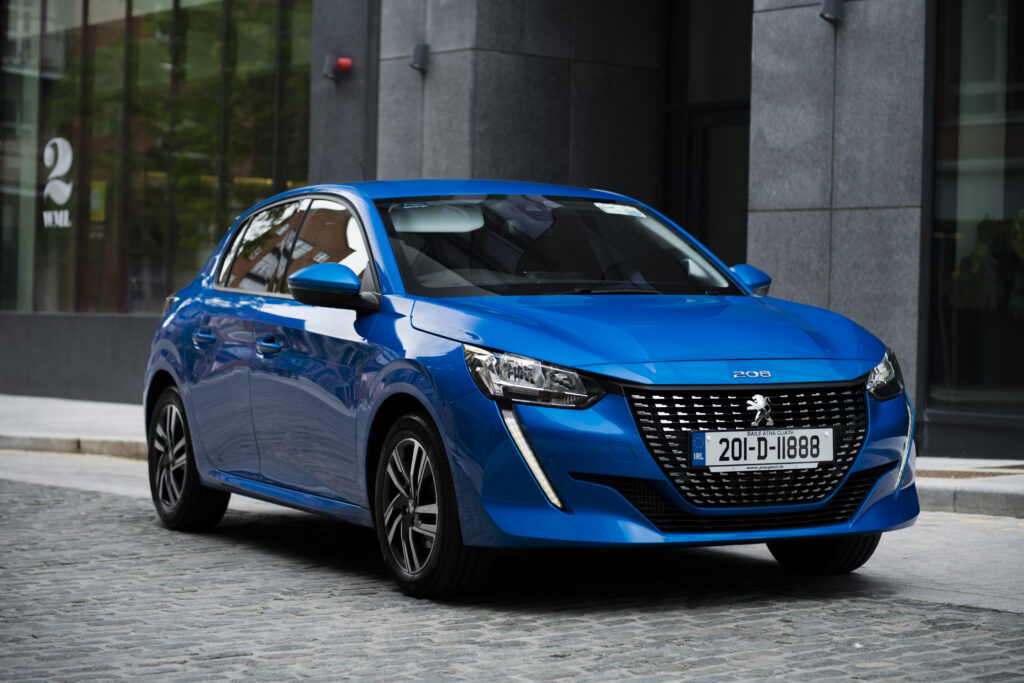
The 208 is a small family hatchback, so expectations should reflect this. While it is more suitable for children in the back, adults can still be accommodated. The windows don’t open all the way down and in terms of younger passengers, they will be happy out in the back with both good visibility and ISO fix points. There are no cup holders or armrest in the back, a USB charging port is a bonus on the GT line model.
The rear seat backs split and fold in a 60/40 arrangement as standard. This is par for the course in the small car class, and there’s no option of a 40/20/40 arrangement. The aperture for the back seat is narrow for when installing a child seat but all-in-all you won’t be taking the seats in and out too often but maybe it will impede loading / unloading of boxes and parcels. Opening the boot of the new 208 presents you with 311 litres of space which is exactly the same as a Ford Fiesta but a little bit behind the Volkswagen Polo and Seat Ibiza.
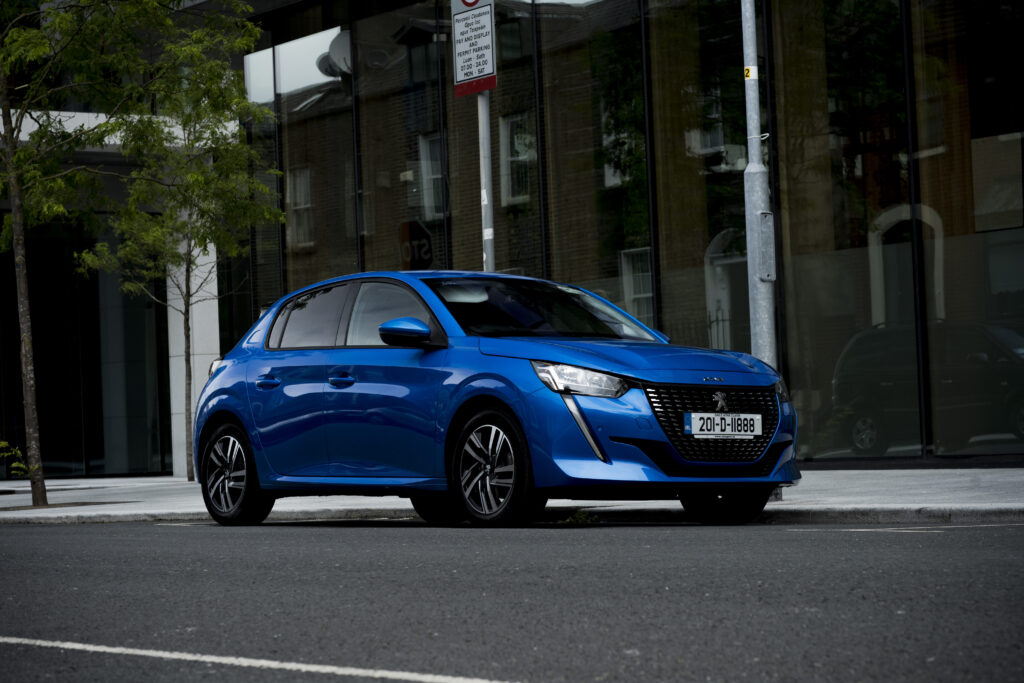
You’re greeted by a nice square load area, with a bit of a load lip, so just be aware when loading and unloading heavy items but it should be a perfect size for getting your weekly shopping in. You do get a space over spare wheel underneath the boot floor. You don’t get a 12 volt socket or any tethering hooks and you don’t get any shopping.
Visibility for the driver is good with plenty of maneuverability on hand, it’s incredibly easy to get into the tightest of spaces. For more of the fun stuff, there are 3 driving modes: Sport – where the priority is given to performance (0-100kph in 8.1s with 130bhp), Normal which is absolutely fine for daily usage and finally Eco, where priority is given to fuel over fun.
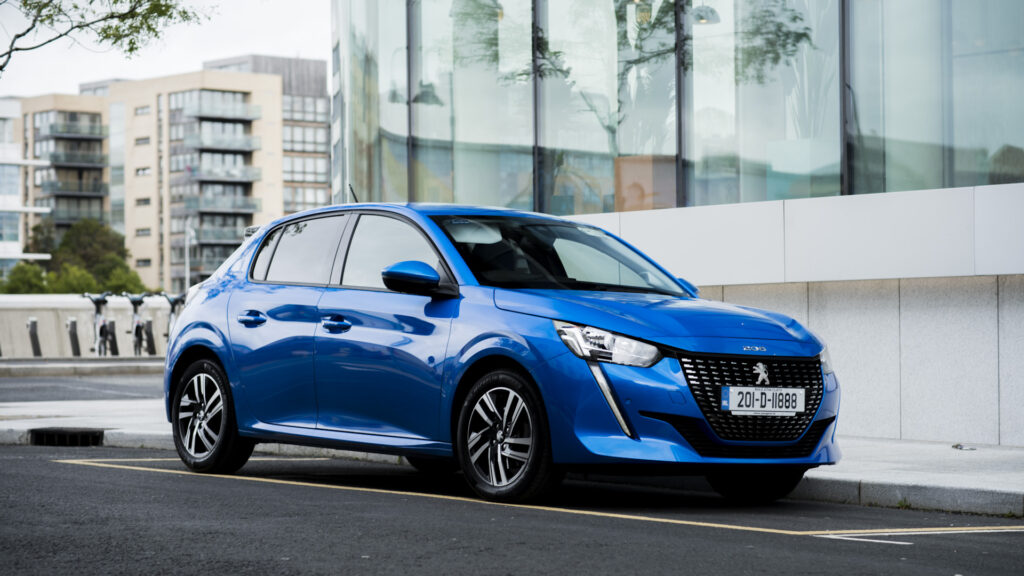
There are four trim levels to choose from in the range, the entry-level Active, the Allure the GT line, and the top of the range GT. However the GT is only reserved for the e -208 or the electric version. The GT line is the pick of the trim levels you just get everything that you need spec wise and you also get the visual appeal of having things like full LED lights, that contrasting two-tone paint job and also the 17” alloy wheels and you don’t actually end up spending too much.
It’s reasonably priced compared to a lot of its rivals and has a wider engine choice with Electric, two Petrol and one Diesel engine. The Petrol engine’s are 1.2 litre, 3-cylinder turbocharged units producing either 75, 100 or 130 bhp. The diesel is a 1.5 litre turbocharged unit with 100bhp.
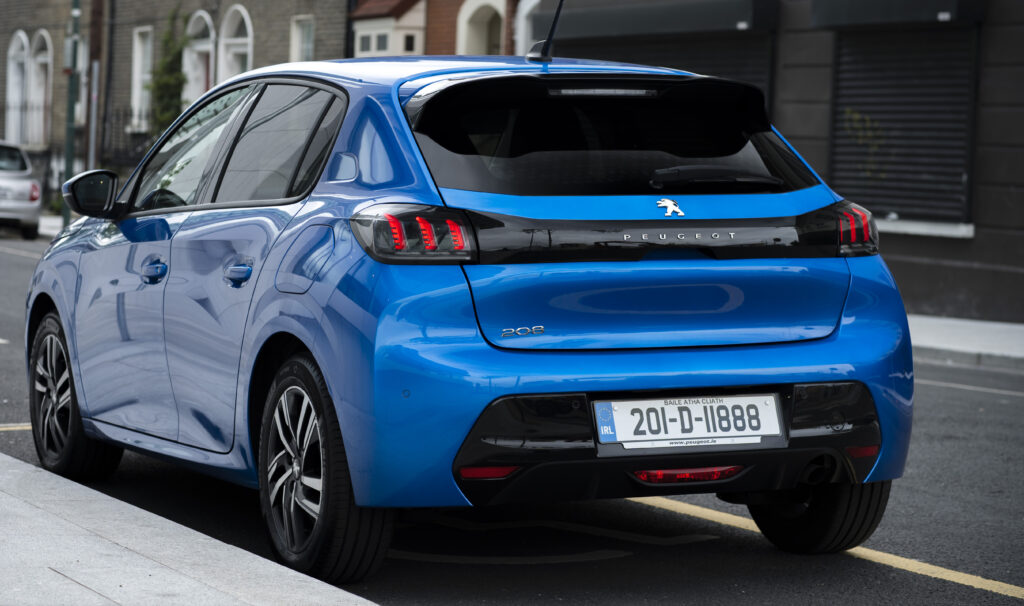
On the motorway 0-100km/h takes around 8.1s in the 1.2 Petrol GT Line with 130 bhp, which is a lot of fun. If you’ve chosen the 1.5 litre Diesel engine, you’ll get lots of economy but in such a small car, Diesel will tend to spoil the fun. The manufacturers are convinced they still have sales for Diesel in markets such as France, Spain and Germany etc. Personally I would recommend the petrol engines and really you can’t go wrong with either. If you do want Petrol & to save money, then of course go for the lesser powered 1.2 Petrol; the Diesel engines on offer max out at 100bhp but offer greater fuel economy. The 208 handles nicely, it feels very compliant if you go over larger potholes and manhole covers, where it can sometimes boom and resonate into the cabin.
The 130 bhp engine is a really nice performer, it’s a little bit more power than most of its rivals which means that the 208 feels nippy and is fun to drive around town. It also means you’ve got that power to overtake when out on the open road.
